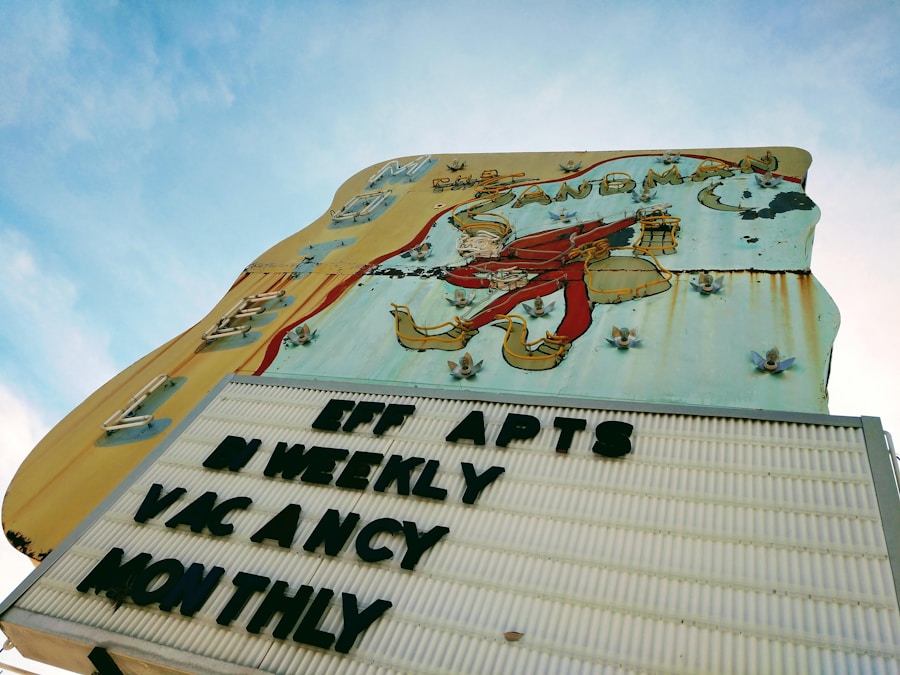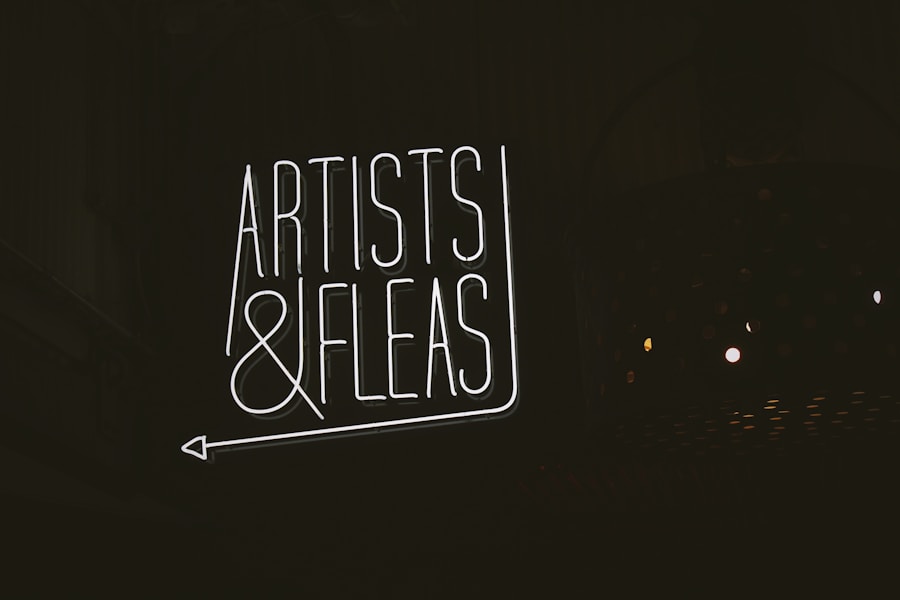Download links
How to install Exploring the Intersection of Arts and Entertainment APK?
1. Tap the downloaded Exploring the Intersection of Arts and Entertainment APK file.
2. Touch install.
3. Follow the steps on the screen.
Description
The relationship between arts and entertainment is a dynamic interplay that has shaped cultural landscapes throughout history. Arts, encompassing a wide range of creative expressions such as visual arts, music, theater, and literature, serve as a foundational element in the realm of entertainment. For instance, the visual arts have long influenced the aesthetics of film and television.
Cinematographers often draw inspiration from famous paintings, employing color palettes and composition techniques that echo the works of artists like Vincent van Gogh or Claude Monet. The use of chiaroscuro in lighting can evoke the dramatic contrasts found in Baroque paintings, enhancing the emotional depth of a scene. This symbiotic relationship not only enriches the viewer’s experience but also elevates the narrative by embedding layers of meaning derived from artistic traditions.
Moreover, music, as a vital component of both arts and entertainment, has a profound impact on how stories are told across various media. The score of a film can dictate the emotional tone, guiding audiences through moments of tension, joy, or sorrow. Composers like Hans Zimmer and John Williams have mastered the art of weaving musical motifs that resonate with audiences, often drawing from classical traditions while incorporating contemporary elements.
The integration of movement and visual storytelling creates a multi-sensory experience that captivates audiences, demonstrating how deeply intertwined these two domains are.
Key Takeaways
- Arts have a significant influence on entertainment, shaping the way stories are told and experiences are created.
- Entertainment plays a crucial role in shaping art by providing a platform for artists to showcase their work and reach a wider audience.
- Collaborations between artists and entertainers result in innovative and dynamic creations that push the boundaries of traditional art and entertainment.
- The evolution of arts and entertainment is driven by changing societal norms, technological advancements, and the constant quest for creativity and originality.
- Technology has a profound impact on arts and entertainment, revolutionizing the way content is created, distributed, and consumed.
- The future of arts and entertainment is an exciting landscape that will continue to be shaped by the intersection of technology, creativity, and audience engagement.
The Role of Entertainment in Shaping Art
Conversely, entertainment plays a pivotal role in shaping the evolution of art forms. The commercial success of films, television shows, and live performances often dictates trends within the artistic community. For example, the rise of superhero films has not only transformed the landscape of cinema but has also influenced graphic novels and comic book art.
Artists like Alex Ross and Jim Lee have gained prominence by adapting their styles to meet the demands of this booming genre, creating visually stunning works that appeal to both traditional art collectors and mainstream audiences. This phenomenon illustrates how entertainment can drive artistic innovation, pushing creators to explore new techniques and narratives that resonate with contemporary viewers. Furthermore, the popularity of reality television has given rise to a new genre of performance art that blurs the lines between authenticity and fabrication.
Artists are increasingly drawing inspiration from the unscripted nature of reality shows, using elements of performance to challenge societal norms and expectations. For instance, artists like Marina Abramović have utilized performance art to engage audiences in ways that mirror the emotional stakes found in reality television. By inviting viewers to participate in their work, these artists create an interactive experience that reflects the voyeuristic tendencies fostered by entertainment media.
This interplay between entertainment and art not only expands the boundaries of creative expression but also encourages critical discourse about the nature of reality in both realms.
Collaborations between Artists and Entertainers

The collaboration between artists and entertainers has produced some of the most iconic moments in cultural history. When musicians partner with visual artists for album covers or music videos, they create a fusion that enhances both the auditory and visual experience for audiences. A notable example is the collaboration between musician David Bowie and artist Brian Duffy, who created striking album covers that became synonymous with Bowie’s persona.
The artwork for “Aladdin Sane,” featuring a lightning bolt painted across Bowie’s face, transcended mere album art to become an enduring symbol of 1970s pop culture. Such collaborations not only elevate the artistic value of music but also contribute to the broader cultural narrative. In theater and film, collaborations often extend beyond visual aesthetics to include writers, directors, and choreographers working together to create cohesive narratives.
The Broadway musical “Hamilton,” created by Lin-Manuel Miranda, exemplifies this collaborative spirit. Miranda’s innovative blend of hip-hop with traditional musical theater not only redefined the genre but also sparked conversations about representation and historical narratives in American culture. The collaboration between Miranda and various artists—ranging from choreographers to set designers—resulted in a groundbreaking production that resonated with diverse audiences.
This synergy highlights how collaborative efforts can lead to transformative works that challenge conventions and inspire future generations. hip-hop
The Evolution of Arts and Entertainment
| Year | Number of Art Galleries | Number of Theaters | Number of Music Festivals |
|---|---|---|---|
| 2000 | 5,000 | 2,500 | 500 |
| 2010 | 7,500 | 3,000 | 800 |
| 2020 | 10,000 | 3,500 | 1,200 |
The evolution of arts and entertainment is marked by significant shifts influenced by societal changes, technological advancements, and cultural movements. In ancient civilizations, art served primarily religious or ceremonial purposes, while entertainment was often tied to communal gatherings or rituals. As societies evolved, so too did the forms of artistic expression and entertainment available to them.
The Renaissance period saw a flourishing of visual arts alongside the emergence of theater as a popular form of entertainment. Artists like Leonardo da Vinci and Michelangelo not only created masterpieces but also contributed to the development of narrative techniques that would later influence playwrights such as Shakespeare. The 20th century brought about unprecedented changes in both arts and entertainment due to technological innovations such as film, radio, and television.
The advent of cinema revolutionized storytelling by allowing for visual narratives that could reach mass audiences. Filmmakers like Alfred Hitchcock utilized techniques such as suspenseful editing and innovative camera angles to create thrilling experiences for viewers. Meanwhile, movements such as Abstract Expressionism in visual arts reflected the tumultuous social changes occurring during this time, with artists like Jackson Pollock breaking away from traditional forms to explore new methods of expression.
This period marked a significant departure from previous artistic conventions, illustrating how entertainment can serve as a mirror reflecting societal shifts.
The Impact of Technology on Arts and Entertainment
Technology has been a driving force behind the transformation of arts and entertainment, reshaping how creators produce and distribute their work. The rise of digital media has democratized access to artistic tools, enabling aspiring artists to create high-quality content without the need for expensive equipment or formal training. Software programs like Adobe Creative Suite have empowered graphic designers, filmmakers, and musicians to experiment with their craft in ways previously unimaginable.
This accessibility has led to an explosion of creativity across platforms such as social media, where artists can share their work with global audiences instantaneously. Moreover, technology has revolutionized how audiences consume entertainment. Streaming services like Netflix and Spotify have altered traditional distribution models, allowing consumers to access vast libraries of content at their convenience.
This shift has not only changed viewing habits but has also influenced how creators approach their work. For instance, series like “Stranger Things” have embraced episodic storytelling that caters to binge-watching culture, while musicians are increasingly releasing singles rather than full albums to maintain relevance in a fast-paced digital landscape. The impact of technology extends beyond production and distribution; it also shapes audience engagement through interactive experiences such as virtual reality (VR) art installations or immersive theater performances that invite viewers to participate actively.
Exploring the Future of Arts and Entertainment

As we look toward the future of arts and entertainment, several trends suggest an exciting evolution driven by innovation and cultural shifts. One prominent trend is the increasing integration of artificial intelligence (AI) into creative processes. AI tools are being developed to assist artists in generating ideas, composing music, or even creating visual art based on algorithms that analyze existing works.
While some may view this as a threat to traditional artistry, others argue that it opens new avenues for collaboration between human creativity and machine learning. This fusion could lead to entirely new genres or styles that challenge our understanding of authorship and originality. Additionally, the growing emphasis on inclusivity and representation within both arts and entertainment is likely to shape future narratives significantly.
As audiences demand more diverse stories that reflect a broader spectrum of experiences, creators are responding by exploring themes related to identity, culture, and social justice. This shift is evident in recent films like “Black Panther” or “Everything Everywhere All at Once,” which not only achieved commercial success but also sparked important conversations about representation in Hollywood. As these trends continue to evolve, they will undoubtedly influence how future generations engage with both arts and entertainment, fostering a rich tapestry of creativity that reflects our ever-changing world.
In conclusion, the intricate relationship between arts and entertainment is characterized by mutual influence and collaboration that has shaped cultural expressions throughout history. As technology continues to advance and societal norms evolve, both fields will undoubtedly adapt in ways that challenge conventions while inspiring new forms of creativity. The future promises an exciting landscape where innovation meets tradition, allowing for an ever-expanding exploration of what it means to create and experience art in an entertainment-driven world.
If you’re a fan of strategy games like chess, you may be interested in exploring the world of card chess games. One such game is offered by TG777, combining strategy and luck for an exciting gaming experience. To learn more about this unique twist on a classic game, check out this article on TG777’s website. And for more entertainment options, be sure to visit TG777 for a variety of games and activities.
FAQs
What is considered arts & entertainment?
Arts & entertainment encompasses a wide range of creative and cultural activities, including visual arts, performing arts, music, literature, film, television, and more. It includes both traditional and contemporary forms of artistic expression.
What are some examples of arts & entertainment activities?
Examples of arts & entertainment activities include attending live theater performances, visiting art galleries, listening to live music, watching movies, reading books, and participating in dance or music classes.
How does arts & entertainment contribute to society?
Arts & entertainment play a crucial role in society by providing a platform for creative expression, promoting cultural diversity, and fostering a sense of community. It also serves as a form of escapism and entertainment for individuals.
What are the different types of performing arts?
The performing arts encompass a variety of disciplines, including theater, dance, opera, and music. These art forms involve live performances by artists and often require specialized training and skill.
How does technology impact arts & entertainment?
Technology has significantly impacted the arts & entertainment industry, leading to innovations in areas such as digital art, virtual reality experiences, streaming services for music and movies, and online platforms for showcasing creative work.
What are some popular forms of visual arts?
Popular forms of visual arts include painting, sculpture, photography, printmaking, and mixed media. These art forms allow artists to express their creativity through visual means and are often displayed in galleries and museums.





